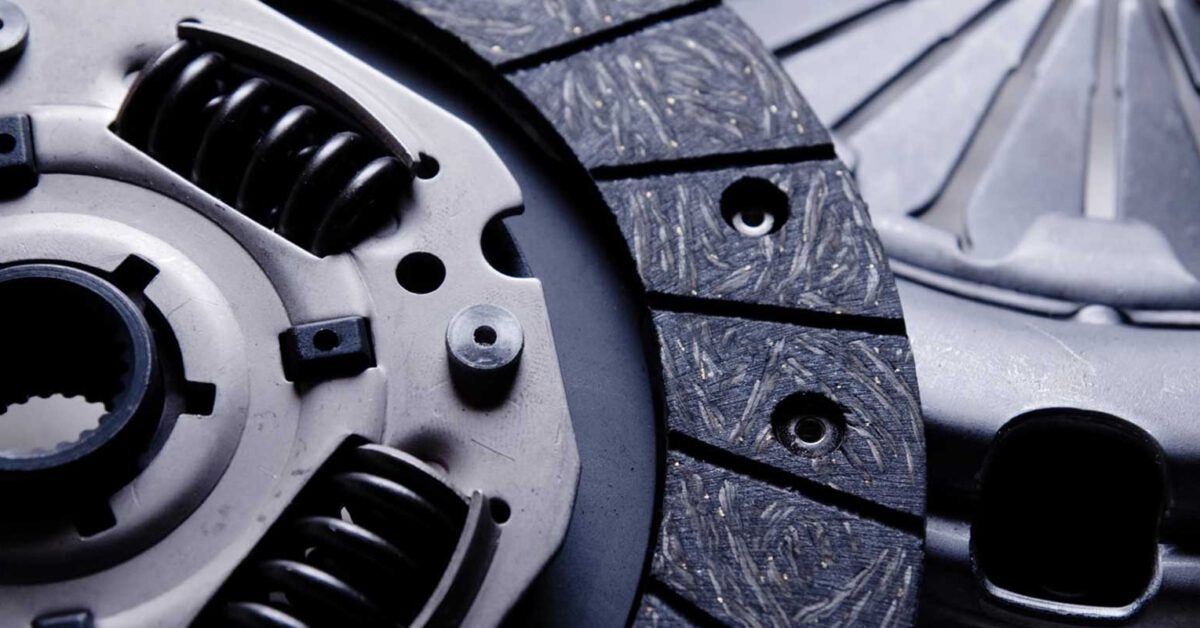
Genuine vs. Grey Market Parts: How Manufacturers Can Win
The legality of grey market parts continues to be blurry. Several court cases in recent years have ruled both in favor and against the original equipment manufacturer (OEM), leading to no clear resolutions on how to successfully navigate and fight against the grey market and its negative implications.
The grey market continues to be a quality and safety concern for OEMs and end-consumers alike. The Insurance Information Institute reported that aftermarket parts have saved consumers more than $2.2 billion in repair costs since 2010, but unfortunately the bulk of these parts are not certified for quality or safety.
While many aftermarket companies buy the rights to manufacture parts from the OEM, many do not, and this leads to immediate quality and safety concerns – concerns that could ultimately negatively impact the OEM’s brand reputation. The Certified Automotive Parts Association (CAPA) exists to help mitigate the risks associated with grey market parts, but only about one in five aftermarket parts is CAPA-certified.
Recently, one of Europe’s largest heating technology manufacturers, Vaillant, released a short video highlighting the benefits of genuine spare parts.
Benefits of genuine replacement parts
For all OEMs that combat grey market parts, this is a great tactic to showcase the importance of genuine replacement parts. Specific benefits highlighted in the video include:
- Large, durable goods are sophisticated engineered products and every single component is specifically designed and manufactured with safety and quality in mind
- Grey market replacement parts sold at a low price are misleading, could negatively impact product performance and are potentially dangerous
- Genuine replacement parts are individually and personally inspected, are brand new and not stripped from an old unit and refurbished
- OEM parts are part of a vast supply chain and available for immediate delivery, plus are available for many years – or even decades – after product production ceases
- Paying for the brand-name replacement part is worth protecting the customer’s own reputation and safety
In addition to marketing tactics like simple, informational YouTube videos, manufacturers should also consider the following when competing against grey market part providers:
- A subscription-based service model focused on maximizing product uptime is critical to success. As more products are equipped with smart sensors, it is more important than ever to shift from a reactive, break-fix service model to one focused on maximizing product uptime, or preemptively repairing equipment before it ever fails. Manufacturers must leverage IoT data to ensure parts are pre-emptively replaced before they fail. An after-sales service organization truly focused on maximizing product uptime will eliminate much of the burden on customers to initiate their own repairs and purchase grey market parts.
- Optimizing service parts inventory management is more important than ever. Currently, the break-fix model many manufacturers use today leads to long customer wait times due to poor part availability, excess stock and part obsolescence. This ‘just-in-case’ way of doing business leads many customers to purchase grey market parts, which could negatively impact both the customer experience and the manufacturer’s bottom line. Cloud-based service parts management solutions easily integrate into existing ERP systems, allowing manufacturers to track service parts, eliminate excess and obsolete stock and forecast when new parts are needed. These practices are critical for meeting customer delivery expectations and maintaining an edge over both direct competitors and third-party ecommerce sites.
- Fair service parts prices are a competitive differentiator. It may seem obvious that selling a service part for the optimal price is a key way to create competitive differentiation, but unfortunately too many manufacturers are still using outdated methods like cost-plus or simple spreadsheets. With ecommerce players like Amazon, Alibaba and eBay becoming more focused on the aftermarket parts space, competitively priced service parts will become more important than ever. Modern service parts pricing technologies ensure the end customer has a great experience, while the manufacturer is simultaneously maximizing revenue and margins.
For many OEMs, after-sales service has long been a sub-optimized area of business. In today’s climate, however, companies that are unable to meet service demands will quickly see customers purchasing parts elsewhere. Manufacturers must consider investing in technologies to make the service experience more seamless for the end-customer, as well as equip (or hire) staff that embrace change and have a desire to innovate.
There is more pressure on manufacturers than ever to enhance the customer experience, and unfortunately the status quo just won’t cut it anymore. The manufacturers that compete and win against grey market part providers will be the ones to invest in both human capital and technology to further enhance their abilities, especially in the case of after-sales service.